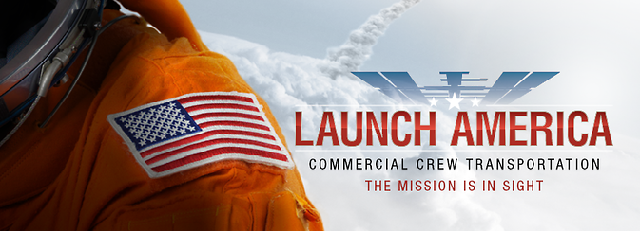 Image Credit: NASA
Image Credit: NASA
NASA has signed contracts with Space Exploration Technologies (SpaceX) and Boeing to resume US-based flights for transportation of US astronauts to and from the International Space Station (ISS) using American-built spacecraft.
As part of the contracts, the Boeing’s Crew Space Transportation (CST)-100 and SpaceX’ Crew Dragon spacecraft will be used for this purpose. The objective of the initiative is to end the nation’s dependence on Russia to get into space by 2017. Each spacecraft will undergo at least one crewed flight test to validate its ability for launching, maneuvering in orbit, and docking to the ISS.
As part of its Commercial Crew Program, NASA will award $4.2billion to Boeing for the development and flight of the country’s next passenger spacecraft. SpaceX will receive an award of $2.6 billion. Under this program, Boeing is currently involved in the development of the CST-100 spacecraft, which can carry both astronauts and payloads or up to seven passengers to low-Earth orbit destinations such as the International Space Station.
These Commercial Crew Transportation Capability (CCtCap) contracts are intended to achieve NASA certification for human space transportation systems that can launch people into space. After the completion of the certification, these spacecraft will be used by NASA for transportation of astronauts to the ISS and their safe return to Earth.
Under this contract, Boeing will develop three CST-100s at its Commercial Crew Processing Facility located at Kennedy Space Center, Florida. Boeing becomes the only company for NASA’s Commercial Crew program to successfully complete the Critical Design Review and Phase Two Spacecraft Safety Review for its CST-100 space transportation system in addition to accomplishing all CCiCap milestones on schedule and within budget.
SpaceX Dragon V2 | Unveil Event
SpaceX Dragon V2 Unveiling Event - YouTube - SpaceX
Astronauts aboard the ISS can also use these space transportation systems as a lifeboat. Moreover, the ISS crew currently comprising six members can be expanded, thereby allowing the crew to involve in more research activities in the unique microgravity laboratory. The crew transportation systems will be owned and operated by the companies, which can also provide human space transportation services to clients other than NASA. By this way, the cost for all customers can be reduced.
Charlie Bolden, NASA Administrator, said that selecting private companies for low-Earth orbit transportation would enable the agency to focus on challenging missions such as transporting humans to Mars.